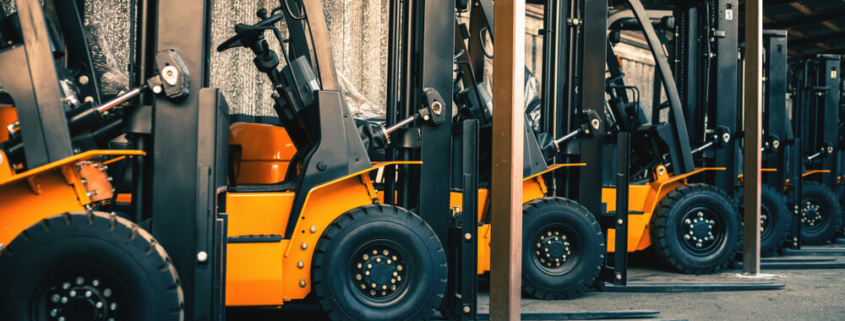Preventing Common Workplace Equipment Injuries
Many industries rely on large pieces of equipment and machinery to get work done. While equipment and machinery are often critical, large equipment and machinery can also be dangerous. Machinery and equipment defects and improper operation of workplace equipment will often lead to severe injuries or even death. Fortunately, there are ways to reduce the risk of accidents and injury. Consider the following about common workplace equipment injuries and how to prevent them.
Common Workplace Equipment Injuries
Working around equipment can be dangerous. For workers in the construction industry, manufacturing industry, and logging industry, working around heavy machinery and large equipment is risky. Some of the most common types of workplace equipment accidents and injuries include:
- Amputation injuries. Amputation injuries are an especially devastating injury type and can occur when a worker’s limb is caught in a piece of equipment or otherwise impacted by a sharp or heavy object to the point where amputation is medically necessary.
- Crush injuries. Crush injuries can sometimes lead to the amputation of a limb. Crush injuries can occur as a result of a worker being caught in machinery or equipment, struck by falling equipment, or run over by equipment.
- Caught-in/between injuries. Caught-in/between machinery injuries are one of the leading causes of fatal injury within the construction industry, as reported by the Occupational Health and Safety Administration (OSHA).
- Fall injuries. Falling while trying to operate or exit from machinery or equipment can lead to bone fractures, soft tissue injuries, head injuries, internal injuries, and other serious injury types.
- Backing-up injuries. One of the most serious types of accidents is a backing-up accident, which occurs when a worker is struck by a piece of machinery/equipment that is in reverse. These types of accidents can be fatal or lead to severe long-term harm.
- Electrical injuries. Many machines and equipment rely on electricity to run. Sometimes, faulty wiring, other defects, or improper operation can lead to electrical burns or electrocution, which can be fatal.
Tips for Preventing Common Workplace Equipment Injuries
The vast majority of workplace injuries can be prevented with proper safety training and regular inspection and maintenance of equipment and machinery. Some tips for preventing common workplace equipment injuries:
- Ensure all operators are properly trained. One of the most critical elements of preventing workplace equipment injuries is simply ensuring that all workers are properly trained on the correct and appropriate operation of equipment. Failure to provide comprehensive and routine training significantly increases the risk of injury and may also be a violation of workplace safety standards.
- Host regular workplace safety meetings. Safety meetings are a time to review training, go over workplace hazards, discuss best practices, review PPE requirements, and otherwise check in about the best ways to prevent injuries and keep everyone in the workplace safe.
- Encourage awareness of surroundings. Even when equipment is properly operated and is working as expected, there could be external factors that contribute to the risk of an accident. Encourage operators to always be hyper-vigilant and aware of their surroundings and to always assess a worksite before using equipment or machinery.
- Ensure PPE is used. Personal Protective Equipment, or PPE, can help to reduce the risk of injury. All workers should have access to the appropriate PPE for the job and be trained on how to use it.
- Regularly inspect and maintain equipment. Regularly inspecting equipment and regularly maintaining it can help to prevent equipment defects that lead to severe injuries.
- Mitigate hazards. It’s important to identify and remove known hazards, such as equipment hazards, infrastructure hazards, or hazardous practices. Hazard mitigation should be an integral part of all workplace safety plans.
- Report injuries and accidents. When an equipment or machinery accident does happen, it should be reported immediately and proper steps should be taken to document the incident. Keeping thorough records is one way to help mitigate accidents in the future.
- Regularly review and respond. In addition to the above, constant monitoring and evaluation of workplace safety practices is essential. Practices and procedures should often be reviewed, as should any safety incidents or accident reports. Making adjustments to workplace safety practices and being adaptable are key elements of creating an effective response plan.
How to Learn More About Workplace Equipment Injuries
If you have questions about workplace equipment injuries, best practices for preventing injuries, or workers’ rights if an injury does occur, OSHA Injury Attorney is a resource you can trust. Learn more from OSHA injury today online or by calling OSHA Injury Attorney directly at your convenience.




Leave a Reply
Want to join the discussion?Feel free to contribute!